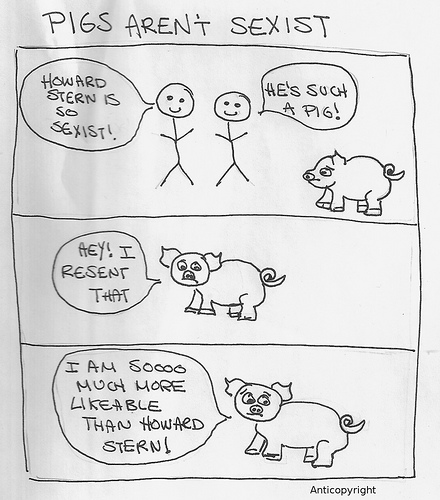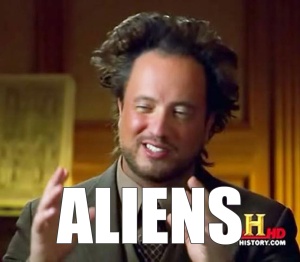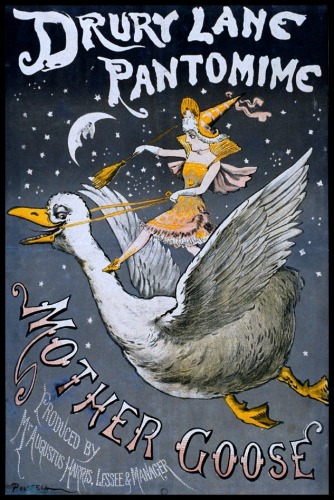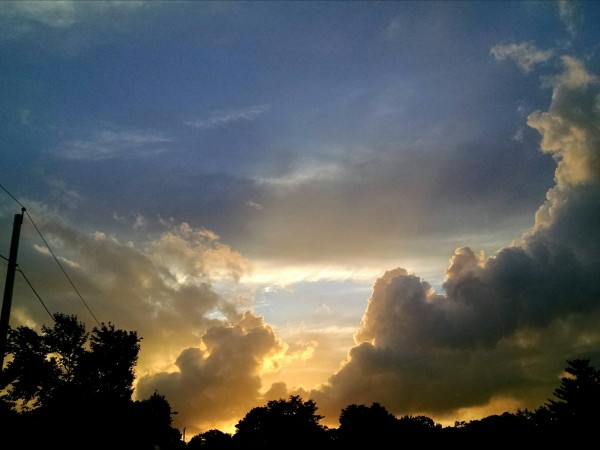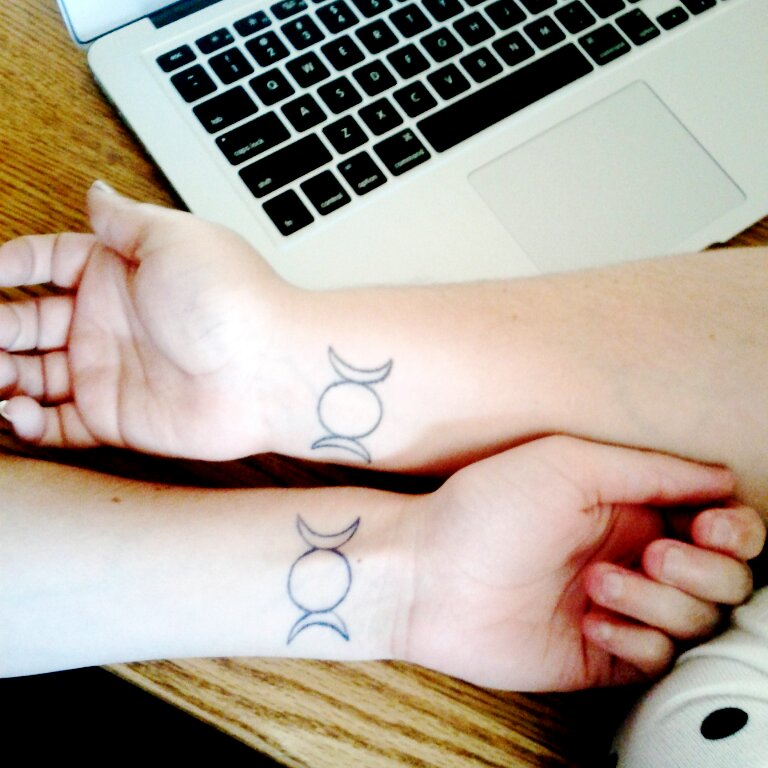Playing catch-up for last year’s Pagan Blog Project. I figured I’d try and finish up the rest of the alphabet in order to get myself back into the habit of writing about paganism regularly. I’d considered joining the Pagan Experience (basically a replacement for the Pagan Blog Project), but there are a lot of other things demanding my attention this year.
Week 44 (V): adopting a vegan or vegetarian diet as an extension of “Harm none”
Many of you are already familiar with the “harm none” adage that some Pagans follow. But have you ever thought about whether this extends to other areas of your life?
I was re-reading some old forum posts recently and stumbled on this one that discusses a vegan or vegetarian diet being necessary for Pagans who adhere to the “harm none” rule. To be clear, this is not something that I do or an idea I subscribe to. But it did get me thinking. Why do I believe that it is my duty as a witch to harm none, but still eat animals and use animal products?
Full disclosure: I’m an omnivore who loves bacon. For me, it’s far more important to buy local, sustainably raised, humanely slaughtered meat whenever I can than to abstain altogether. Because of a number of personal factors, restricting my diet, regardless of reason, is just not in the cards for me.
Upon further examination, I suppose it’s more accurate to say that my goal is to harm none if there is no justifiable purpose. I don’t send out curses willy-nilly, but if I believe that someone has deeply wronged me, I’ll absolutely invoke Kali and stand back. Like most humans these days, I don’t go around slaughtering animals or hunting for fun*. I have never personally killed an animal, though I have participated in two chicken slaughters at a local farm. What is far more important to me is that I am not inflicting harm irreverently.
Being respectful of the animals you kill is another big part of my interpretation of “harm none”. I try to eat animals with respect. I do not buy factory farmed meat. I purchase milk and cheese made from cows that are not pumped full of growth hormones and antibiotics. I consume plants much the same way; I try to eat locally and seasonally. That is what “harm none” means to me in the broader context of my life.
* Before anybody goes nuts, “for fun” is the key part of this sentence. I’m contemptuous of people who hunt for sport, but if you’re using most of the animal for necessary things (food, shelter, etc), then I’m pretty ok with it.


